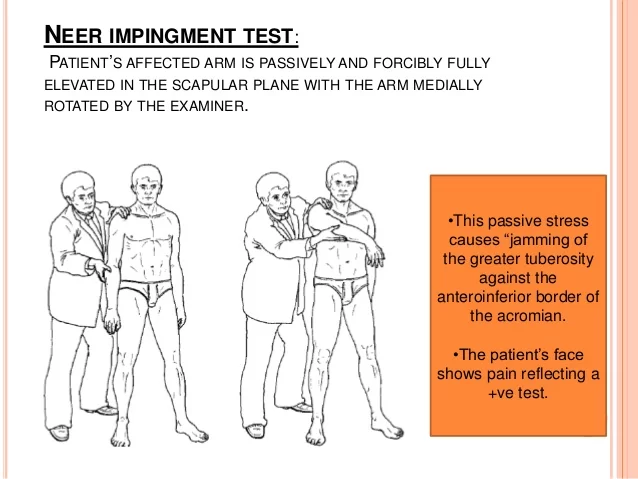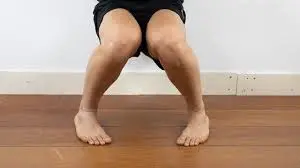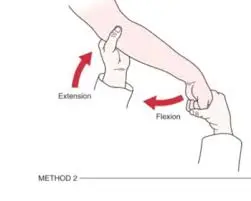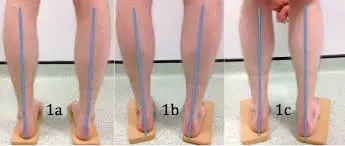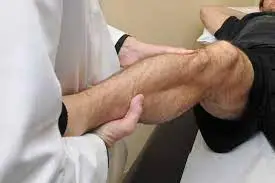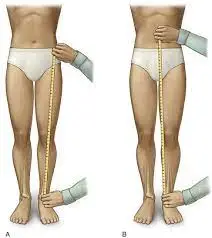Neer Impingement Test
Table of Contents
Objective:
Neer’s test is a diagnostic process that helps identify whether your limited range of motion and shoulder pain are signs of tissue impingement. Neer impingement test can be performed as part of a comprehensive shoulder assessment by your physician or physical therapist.
By applying pressure and flexion to the shoulder, the Neer impingement test mimics the symptoms of rotator cuff impingement. The symptoms should be reproduced if there is an issue with the biceps brachii or supraspinatus. This test is related to the Hawkins-Kennedy test as well as Jobe’s test.
History:
Charles S. Neer, II, MD, an orthopedic surgeon, developed the Neer impingement test in 1972 based on his observations during shoulder surgeries. He saw that the supraspinatus tendon had undergone substantial degeneration. He discovered that the tendons beneath the acromioclavicular joint were squeezed while the arm was in flexion and internal rotation. Consequently, he devised this examination to replicate the signs and look for an impingement in that region.
What Is Neer’s Test Used For?
Shoulder pain can have various reasons, such as:
- Frozen shoulder
- rotator cuff impingement or tear
- Labrum tear
- Bursitis
- Arthritis
- Subacromial impingement syndrome (SAIS)
A pinched nerve in your neck may also cause shoulder discomfort. In assessing that Neer’s test is only one of the various specialized shoulder tests used by medical professionals to identify the underlying cause of shoulder discomfort.
Other choices for shoulder testing include the Jobe and Hawkins-Kennedy exams. The arm and shoulder are rotated to a 90-degree angle during the Hawkins-Kennedy test. In the Jobe test, sometimes referred to as the empty can test, the arm is kept up to a 90-degree angle while resistance is provided by another individual.
The procedure of the Test:
Method: 1
It is requested of the patient to either stand beside the examination table or sit on it with their arms rotated inward. Standing on the side being examined is how the examiner should be positioned. The patient will have one hand placed on their scapula and the other on their arm, just below the elbow, by the examiner. The examiners will be passively flexed shoulder forward.
Method: 2
Although Neer’s test should only be performed and interpreted by a medical expert, you can undertake it at home to get a sense of what might be causing your shoulder pain. After that, make sure to get in touch with your healthcare provider once more.
For help finishing Neer’s test, ask a friend or relative. Using the arm on the side of the injured shoulder, perform the following actions:
Take a comfortable seat on a chair with a straight back, and place your arms at your sides.
Raise your arm as high and out to the side as you can while maintaining a straight arm.
Your partner should place one hand on your arm and the other on your shoulder blade to support your arm as it rises to its maximum height over your head.
The subacromial space, which is the area within your shoulder where your shoulder bursa and rotator cuff tendons are located, shrinks as your arm is elevated above and stretched to its limit.
Neer’s test results are regarded as positive if you have shoulder discomfort, indicating that impingement of the bursa or tendons in your shoulder is most likely the cause of your discomfort.
Mechanism:
The Neer impingement test should be performed with the elbow extended, the humerus internally rotated, and the forearm pronated. The structures between the larger tuberosity, inferior acromion process, and acromioclavicular joint are compressed by the examiner when the arm is passively flexed.
Positive Sign:
Discomfort in the anterior or lateral area during shoulder flexion signifies a successful test. It is suggestive of issues with the long head of the biceps brachii tendons and the supraspinatus. The patient’s restricted forward flexion could be the reason for a false positive test, thus examiners need to exercise caution.
Possible outcomes:
An impingement in your shoulder can occasionally be caused by a lack of range of motion (ROM). Range-of-motion exercises could be suggested by your physical therapist for this. To regain a pain-free range of motion, utilizing a shoulder pulley system could also be effective.
Shoulder impingement resulting from rotator cuff weakness may be treated with specialized rotator cuff exercises and scapular strengthening activities to help strengthen the shoulder.
Your physical therapist may also treat your impingement in the shoulder with therapeutic techniques. These kinds of therapies help support shoulder recovery while reducing discomfort and swelling. (The treatments you receive in physical therapy sessions shouldn’t be limited to therapeutic modalities.)
If your shoulder impingement discomfort persists after visiting a physical therapist, you could need invasive procedures like cortisone injections. As a final option, sub-acromial decompression surgery may be necessary to restore complete, pain-free shoulder movement.
FAQs
How accurate is the Neer test?
The Neer test has a weak clinical utility as a stand-alone test since, according to reviews by Hegedus et al. in 2012 and Gismervik et al. in 2017, it has a specificity of 6% and a sensitivity of 59–72%. The patient must be seated to do the Neer test.
What is the sensitivity of the Neer test?
Evidence
Sensitivity 0.00 – 0.93
Specificity 0.31 – 1.00
Positive Likelihood Ratio 1.30 – 1.35
Negative Likelihood Ratio 0.37 – 0.82
What is the Neer Impingement Test used for?
The Neer impingement test uses shoulder flexion and pressure application to mimic the symptoms of rotator cuff impingement. If there is an issue with the biceps brachii or supraspinatus, the symptoms should be replicated.
What is the Neer method’s central ray?
Angled between 10° and 15° caudad, the central ray should point towards the superior border of the humerus. Depending on the degree of abduction in the patient’s affected arm and patient-to-patient variations, achieving the proper degree of rotation can be difficult.
Is Neer’s test passive or active?
In the Neer’s test, the patient is asked to fully extend their forearm before the arm is passively flexed till it is above their head. If shoulder impingement is present, this movement reproduces pain and narrows the subacromial space.
What is the neer’s method of supraspinatus outlet?
The shoulder’s outlet, also known as the Neers projection, is a specialized projection that shows the coracoacromial arch and is frequently used to investigate shoulder impingement.
What is the positioning position for Neer’s view?
Taking the best possible position to view
Neer’s view, with the fractured arm not moved, is perpendicular to the AP view. As a result, the C-arm needs to be moved. Assume the AP view and align the patient. To get a view that is perpendicular to the glenoid, swing the C-arm 90° around the shoulder.
References:
- Neer impingement test. (2024, July 16). Wikipedia. https://en.wikipedia.org/wiki/Neer_impingement_test
- Neer Test | Subacromial Shoulder Pain | Shoulder Assessment. (2024, May 20). Physiotutors. https://www.physiotutors.com/wiki/neer-test/
- Phillips, N. (2014).tests to identify rotator cuff disease and subacromial impingement syndrome. Shoulder & Elbow, 6(3), 215–221. https://doi.org/10.1177/1758573214535368
- Luong, D., & Weerakkody, Y. (2021). Neer impingement test. Radiopaedia.org. https://doi.org/10.53347/rid-91650

